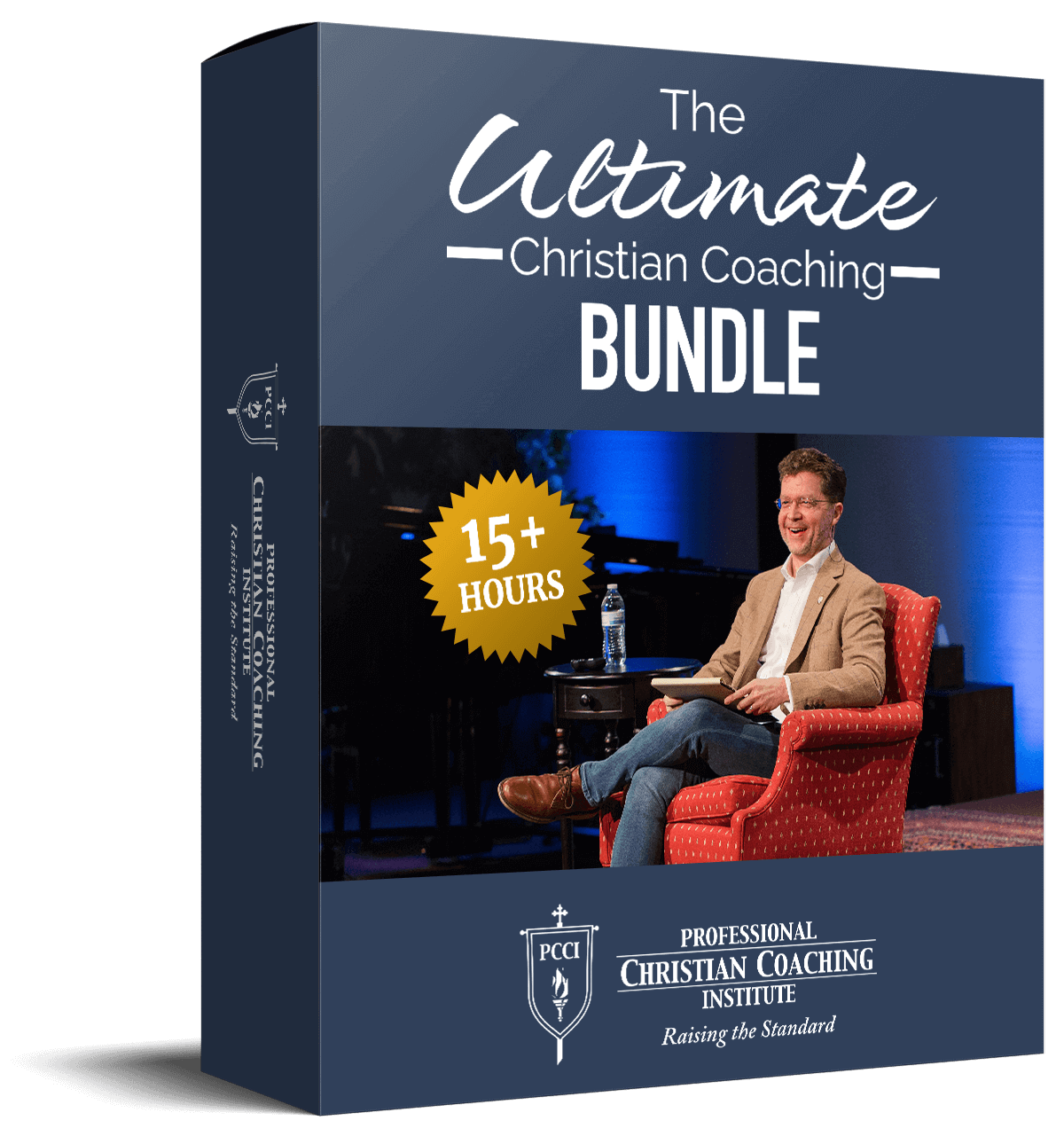“Coaches are change agents.” We sometimes use this phrase when explaining professional coaching to those who are unfamiliar with it. Although change is core to what we do as professional coaches, many of us don’t fully understand and apply the research and models available to us today.
Benjamin Bloom, an educational psychologist, along with a team of thought leaders, developed one such model —A Five-Stage Process of How We Change and Learn. Although it’s seen many reiterations over the years, I like the simplicity of the model outlined in Peter Scazzero’s book, the Emotionally Unhealthy Leader, which is below.
Let me illustrate what this might look like in a coaching context. Consider the following scenario:
A client, David, hires you because he is facing some work-related challenges that are negatively impacting his health and his family. Since the recent layoffs at his company, David’s workload has increased. He has been working 12-hour days for weeks now, and it won’t be letting up anytime soon.
Despite his high level of fatigue due to working so many hours, he’s been struggling with insomnia. And just last week, he had a panic attack. But that’s not all. His wife isn’t happy about his long hours, and lately, she’s been giving him the cold shoulder.
During one of his coaching sessions, David quips, “Wouldn’t it be great if I could just leave this all behind and start again.” His coach asks, “Why can’t you?” Thus begins a series of coaching conversations that serve as a catalyst for change in David’s life.
Here’s how they unfold.
Applying the 5-Step Change Model to Coaching
Awareness: “Finding a new job is an interesting idea.”
Intrigued by your question and ongoing coaching conversations, David begins to consider the idea of changing jobs. In fact, his thoughts drifting to what this might look like several times during the workday.
Ponder: “Help me understand more about what this might look like.”
Still, David has a hard time picturing what this might look like or even what kind of job he would be interested in at this stage in his career. Is it time to reinvent myself? He wonders. As his coach, you provide some assessments to help him hone in on his strengths, needs, and values.
Value: “I believe it’s important for both my family and me that I find a new job.”
After taking the assessments, David realizes spending quality time with his family is a core value, yet he has not seen them much at all over the past few months. He reaches the conclusion that it’s important for him to find a job that aligns with his core value of spending quality time with his family.
Prioritize: “I am shifting my schedule to allow time for a job search.”
David is feeling energized and begins to act on his convictions. He carves out time in his schedule to update his resume and look for a new job.
Own: “This new priority informs all of my actions and decisions.”
Moving from prioritizing to owning the decision to change jobs took a lot of work on David’s part. Despite David’s commitment and efforts, he finds himself a year into the job search process, and he’s still not found the right fit. Undeterred, David hires a professional writer to revamp his resume. He also talks to his wife, and together they agree to expand the job search, even if it means they have to relocate.
So, let this process encourage you. Change takes time and requires work—from both you and your client. Just put one foot in front of the other, and in time, you’ll reach your destination.
What other models have you found helpful in coaching your clients around change?
Free Coach Training!

Learn from the BEST Christian Coaches!
Whether you’re exploring Christian coaching, a brand-new or seasoned coach, this powerful resource will deepen your learning, skill, and effectiveness.


